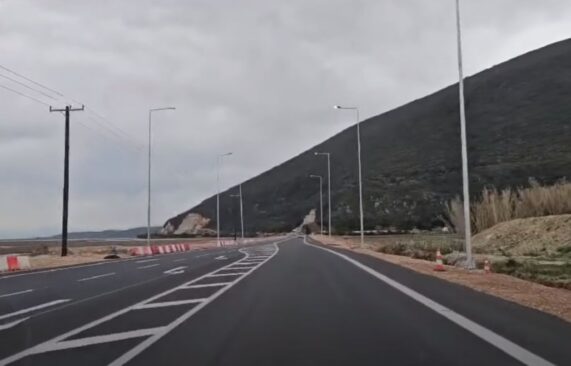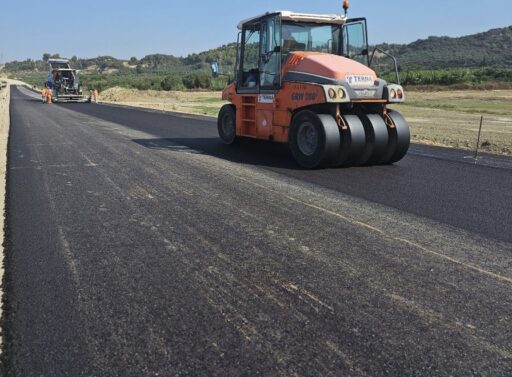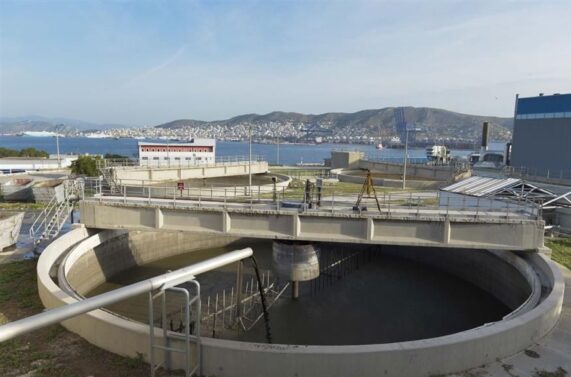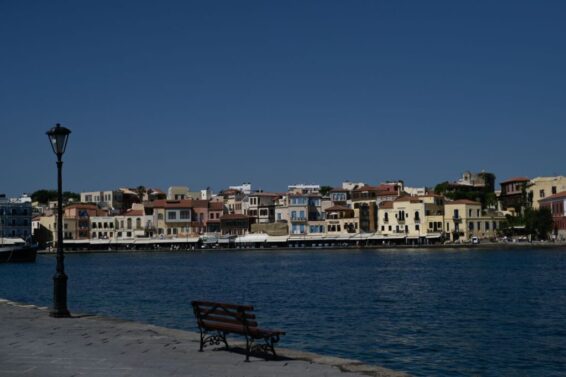Very often, Athens has been accused to be a city hostile to both its inhabitants (aprox. 4 mio) and its visitors (aprox. 6mio in 2017). In the same context, it has also been accused to have a polluting transportation system. This has been the case for many decades, but now Athens seems to be making a leap towards “greener” alternatives, reducing drastically the use of petroleum-powered means of transport.
The development of the city’s Metro network has greatly contributed to this. Just 20 years ago, Athens offered just 1 Metro line with 23 stations and several thousands of polluting, obsolete buses. Today, Athens has a network of 65 Metro Stations. Three lines now branch into many areas of the Metropolitan Complex of the capital servicing 1mio passengers daily.
Of course this change is not just the result of the Metro. Tramway, although still limited for a city of this size (just 24 km), also supplements the city’s fixed rail transports. But the new “weapon” for Athens transportation is the Suburban Railway. As of early 2018, it has become fully electrified, being considered as a secondary Metro system that extends from Piraeus to Aghios Stefanos (northern suburbs) and from Magoula to Koropi (western to eastern outskirts of the city).
All in all, in 2018, fixed rail transports means cover a significant part of the city, using electricity-powered rolling stock, providing cleaner and greener public transport. Regarding the ageing bus fleet of the city, although outdated, data shows that out of 2.031 vehicles, 614 use natural gas; that is, a percentage of 30%.
Athens Transports to go even greener
The above-mentioned, encouraging evidence shows that Athens is adopting the European spirit of strengthening green transport. In the years to come, this trend will not just grow, but will fully dominate in the city’s transportation philosophy. Expansions of fixed rail networks, the reduction of the bus fleet and their simultaneous replacement with newer and environmentally friendly models, will increase the proportion of “green traffic” within the capital. The figures are enlightening:
The Metro network by 2021 will be extended to Piraeus with 7.5 km and 6 new stations(line 3), replacing dozens of bus lines. By 2027 Athens will acquire a 4th, 13 km long new Metro line with 15 new stations, that will serve densely populated areas, making the need for bus lines even smaller.
The Tramway will be extended to Piraeus by 5.4 km this year, and by 2022-2023 it is planned to reach Keratsini area, possibly up to Perama, with another 11 km. These 16.4 km of new line are expected to abolish multiple bus lines. Prospects for further expansion projects are under consideration but nothing is in the pipeline yet.
Suburban Railway’s network is also scheduled to be expanded by the mid-2020s to Lavreotiki area (Eastern Attica), as it will reach the port of Lavrion, the port of Rafina in Mesoghia and Western Attica with the modernization the old and abandoned metric-gauge railway line from Menidi (Acharnes) to Elefsina (an industrial area western of Athens). All of these extensions are mainly outside, but surround, the urban core of the capital, offering green transportation in the region of Attica.
On the other hand, buses, will see a progressive shrinking overtime in the city, but, expanding further into the suburbs and covering inter-municipal routes, stabilizing even more in the role of fixed rail feeders. These developments will come along with the reversal of the “dirty buses” reputation. The Ministry of Infrastructure and Transport is about to purchase 92 anti-pollution technology buses, 12 of which will be fully electric, while a second, major bus procurement tender will be prepared, which will be mainly for electric and natural gas-powered vehicles.
The transformation of Athens in a sustainable, green transport city, is one of the most encouraging messages for the city itself, whose reputation, mainly outside Greece, is connected with poor performance in this category. Most importantly, however, is the new attitude that has now passed on the policies for public transport, proving that the model of the previous decades, having as the “kings” of the road cars and buses was neither viable nor adequate for Athens and the Athenians.
Nikos Karagiannis-ypodomes.com
Follow Nikos Karagiannis on Twitter
ΜΗΝ ΞΕΧΑΣΕΤΕ
- Ακολουθήστε το ypodomes.com στο Google News και μάθετε πρώτοι όλες τις ειδήσεις για τις υποδομές στην Ελλάδα
- Αν είστε επαγγελματίας του κλάδου, ακολουθήστε μας στο LinkedIn
- Εγγραφείτε στο Ypodomes Web TV



















